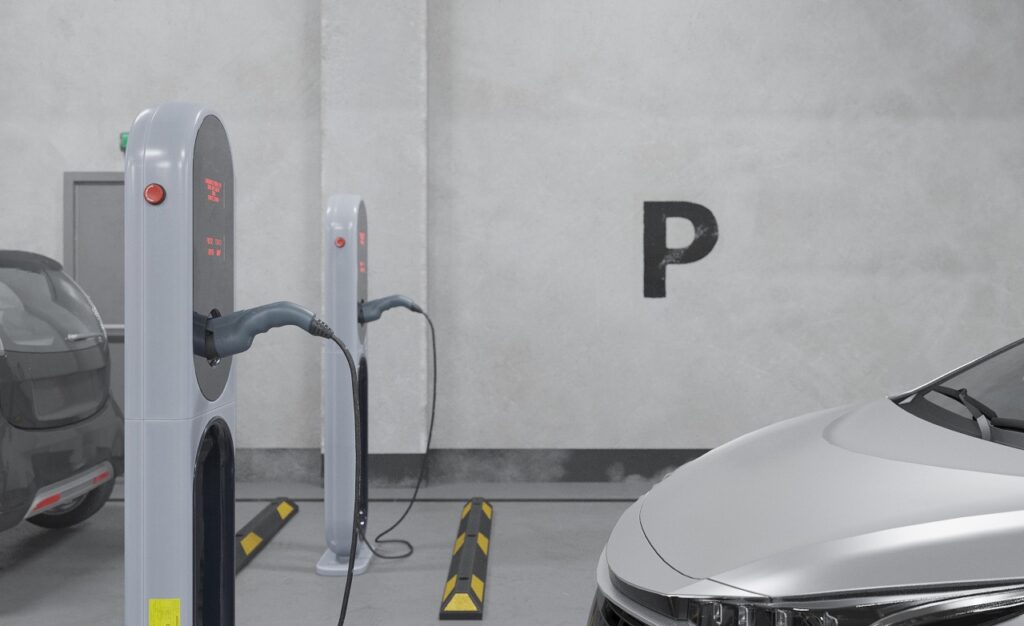India is becoming a big player in the global auto ancillary market. The Indian market has seen tremendous growth in recent years, contributing to 2.3% of India’s GDP and employing over 1.5 million people. It is estimated that the market will grow 14-16% in FY23. The growth of the market can be attributed to the growing middle class. The demand for vehicles, especially two-wheelers, has also contributed to the growth of the Indian auto ancillary market.
The Indian auto ancillary market is hugely dominated by components for Internal Combustion Engines (ICE). Their prevalence in the automobile industry has contributed to a major chunk of the world’s pollution. India is also the second largest producer of steel which contributes to the number of large players in the auto ancillary industry. With the growing middle class and demand for vehicles skyrocketing, the auto ancillary industry does not look like it will slow down anytime soon. However, there will be changes that might affect the way the industry operates.
EV transition in India
The transition to EVs is picking up pace over the last few years. The government is aggressively pushing for the transition to EVs and has set a target for 2030. They intend to grow EV sales and capture the markets by 30% of private cars, 70% of commercial vehicles, and 80% of two and three-wheelers. The transition is also being helped by consumer demand as more and more people are opting for a greener alternative to traditional fuel-based cars. There are a number of challenges that still need to be overcome. For example, a large number of consumers have bought EVs but the charging infrastructure still needs to catch up. Similarly, to successfully transition to EVs, the Indian auto ancillary industry has to adapt and make changes as per the demand.

Impact of EV Transition on the Market
EVs are manufactured using 75% of the same components as ICE vehicles which is why a major part of the industry will remain unaffected. The remaining 25%, which consists mostly of suppliers, will be majorly affected. Since EVs use a smaller portion of components, ancillary manufacturers are focusing on producing electric powertrain solutions and optimising traditional ICE powertrains. Ancillary manufacturers are also focusing on producing technology-agnostic products for EVs including e-drive modules and systems. Due to newer parts and technologies being introduced, there will be a dip in the ancillary replacement market.
Upskilling of ancillary workers is also critical for the transition. Since EV ancillaries include more tech-driven processes, there will be a demand for more tech people in the industry. Old workers will need to be re-trained for the newer processes and this will have long-term effects on the industry. Heavy investments in the sector will also assure job security in the longer run.
Conclusion
The impact on the Indian auto ancillary market will only further boost the transition to EVs as it will become a part of a larger ecosystem. India stands to profit from the advances made in the EV ancillary industry and emerge as a global leader. Lico Materials fully supports the effort and aims to create a cleaner ecosystem of vehicles through lithium-ion battery recycling.



